#countryside
Text
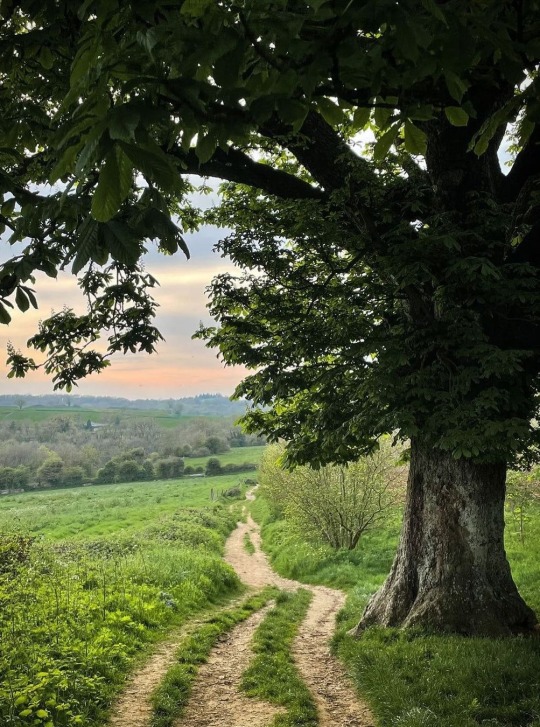
Somerset
@englishpilgrim
226 notes
·
View notes
Text


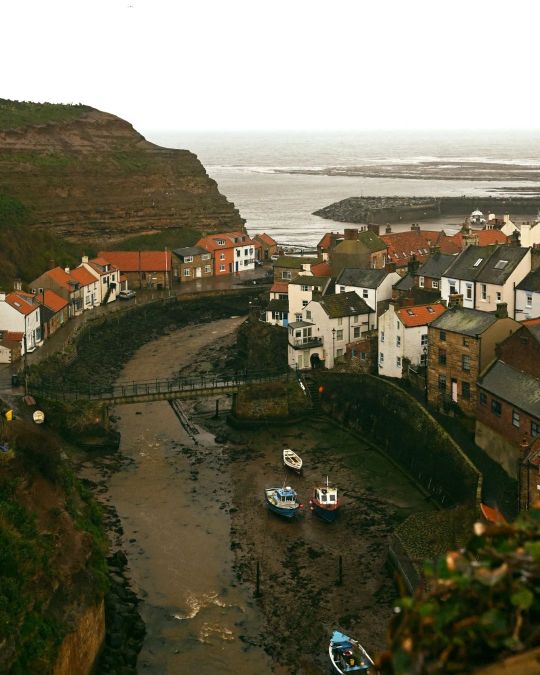
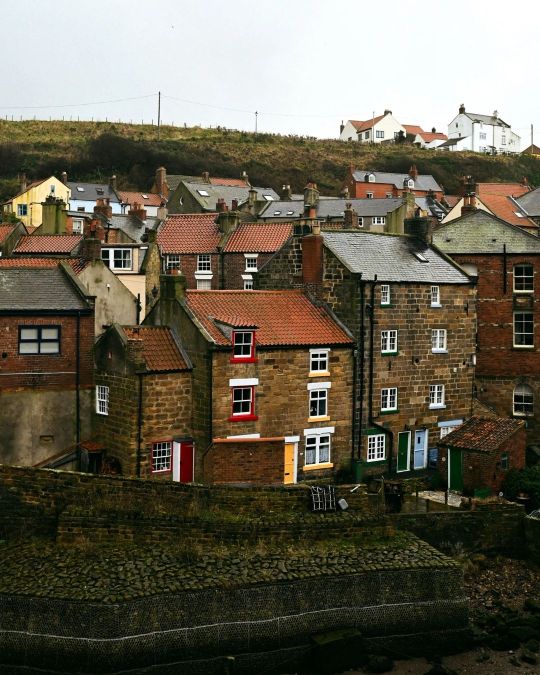


Instagram credit: acalmwalk
#england#uk#united kingdom#staithes#yorkshire#villagelife#villages#villagebeauty#nature aesthetic#nature vibes#natureblr#nature#cottagecore aesthetic#cottagecore#cottage aesthetic#countryside#countryside life#seaside#seaside village#visitengland#sea#dark academia
346 notes
·
View notes
Text

#drawing#illustration#artists on tumblr#landscape#traditional art#countryside#surrealism#surrealist art#just a nice day out#frankly#wax pastel
66 notes
·
View notes
Text

#coquette#coquette aesthetic#faunlet aesthetic#faunlet#vintage americana#americana#america#1950s#cowgirl aesthetic#cowgirl#countryside#cowboy
37 notes
·
View notes
Text

#landscape#nature#beautiful#moodboard#cottagecore#sky#meadow#field#clouds#aesthetic#coutryside#farmcore#scenery#icons#inspo#cloudscape#view#spring#sunrise#sunset#meadowcore#flowers#nature photography#art nature#art#colorful#trees#florest nature#summer#countryside
47 notes
·
View notes
Text

26.11-23
One of my faves. :3
- Vivera Rossi
#bright#snowy trees#nature#winter#wetland#countryside#finland#trees#snow#photography#original photographers
36 notes
·
View notes
Text

california, 1962
photo by ralph crane for life magazine
#landscape photography#nature photography#film photography#california#vintage#vintage photography#flowers#floral#abandoned#rural#countryside#americana#curators on tumblr
35 notes
·
View notes
Text


#nature#aesthetic#field#photography#moodboard#art nature#scenery#places#icons#cottagecore#oceancore#ocean#sunrise#nature photography#pretty#scenecore#cloudscape#mountains#mountain#moon#stars#sky#art#night photography#naturephotography#spring#summer#naturecore#countryside#colorful
35 notes
·
View notes
Text

sleep well
#soeren baptism#soerenbaptism#welcome to leech world#cottagecore#cottage garden#cottage chic#country cottage#cottage aesthetic#countryside#farmcore#dirtcore#occult#pagan#farm#rural#rural areas#naturecore#rural aesthetic#rural life#rural gothic#ruralcore#farm country#countrycore#country#country music
35 notes
·
View notes
Text

saturday night, sunset vibes
#oxford#oxford castle#england#countryside#city life#sunsets#nature#summer#spring#britain#scenic#amateur photography#photography#tolkein#alice in wonderland#history#architecture#new blog
23 notes
·
View notes
Text
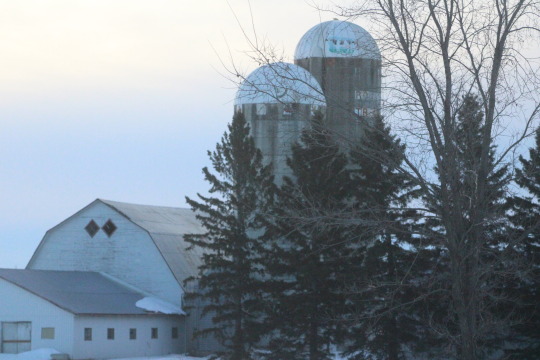
07.03.24
#lou#louspictures#photography#rural gothic#rural#rural aesthetic#rural america#rural decay#rural photography#ruralcore#countryside#farmhouse#farm
26 notes
·
View notes
Text
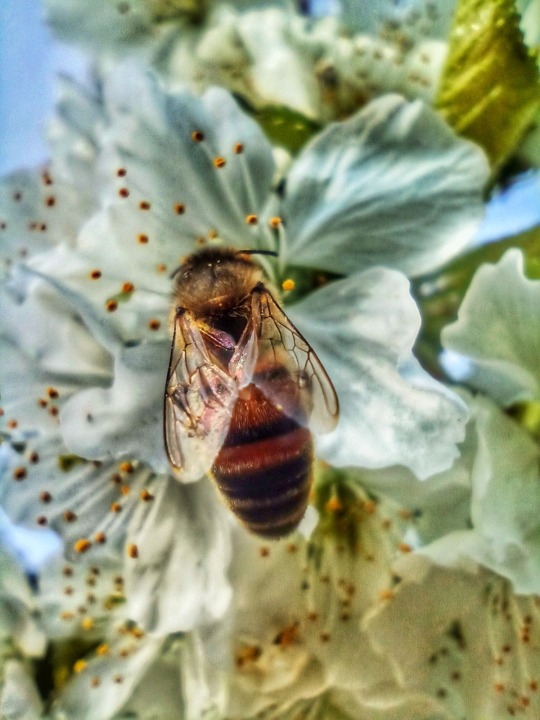
23 notes
·
View notes
Text
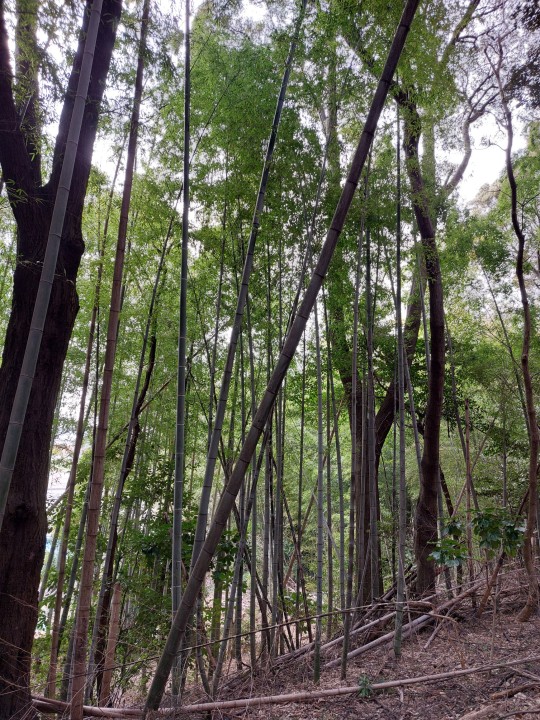
I really need to take a sketchbook to the local mountain, there's so much gorgeous scenery that want to draw while surrounded by all that nature ^__^
Tons of history there too!
16 notes
·
View notes
Text
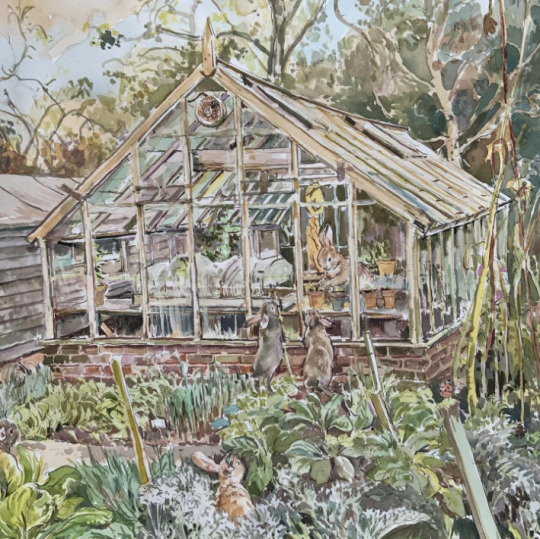
The vegetable patch by Claire Fletcher
16 notes
·
View notes
Text

#coquette#coquette aesthetic#faunlet aesthetic#faunlet#vintage americana#americana#cowgirl aesthetic#cowgirl#cowboy#countryside#west#wild west
19 notes
·
View notes
Text
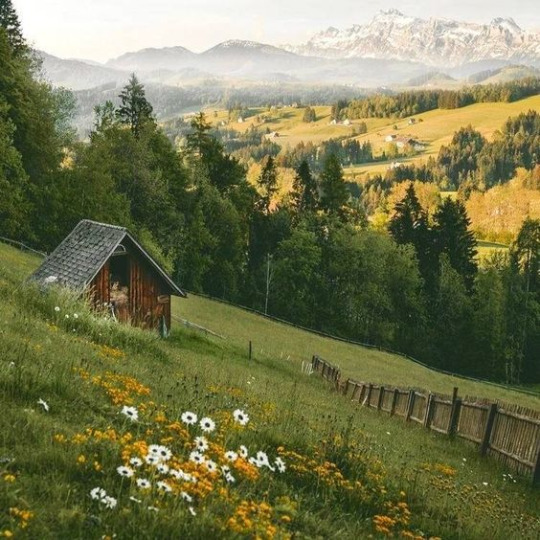
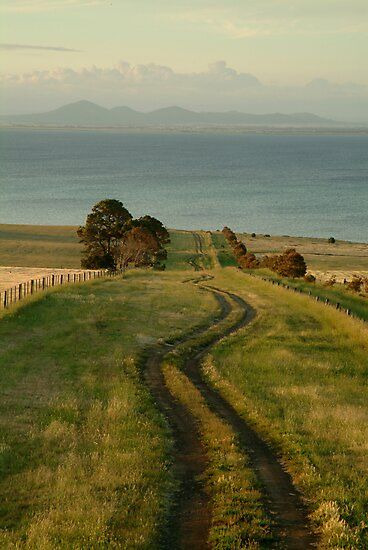
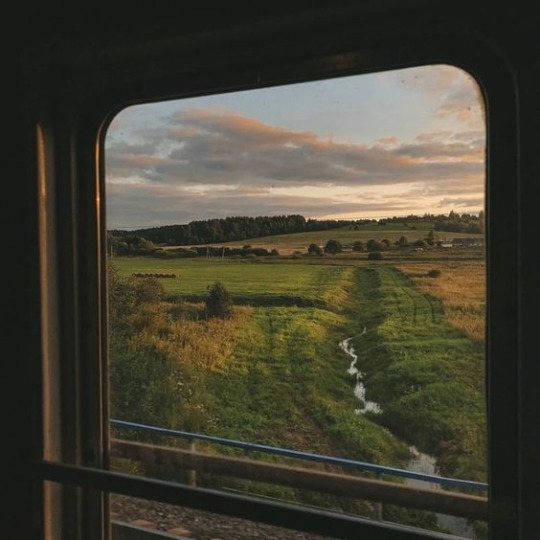

moving far away to a sunny place.
#cottagecore#naturecore#fairy cottage#cottage#cottagestyle#cottage vibes#softcore#countryside#nature#dark acadamia aesthetic
48K notes
·
View notes